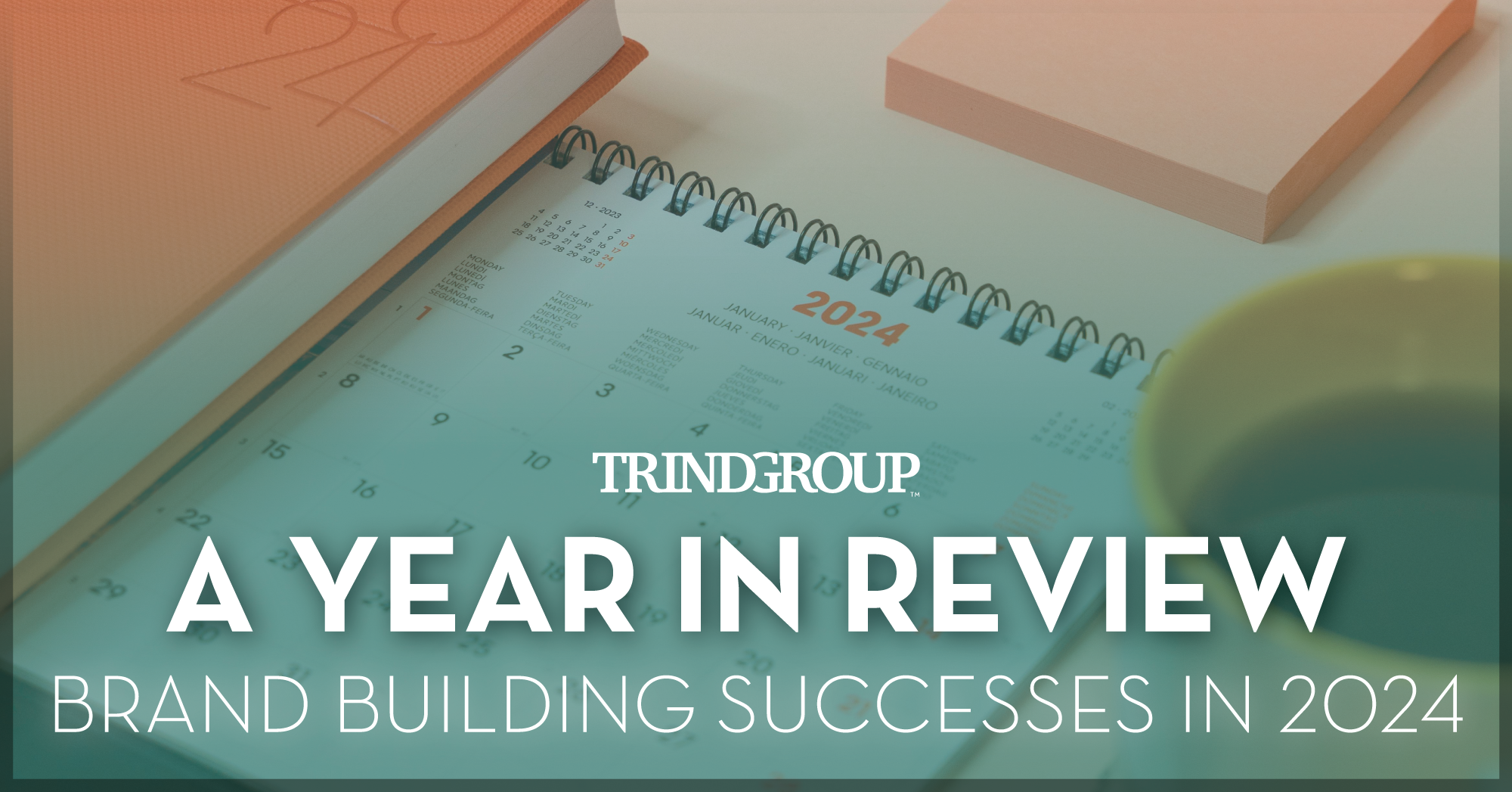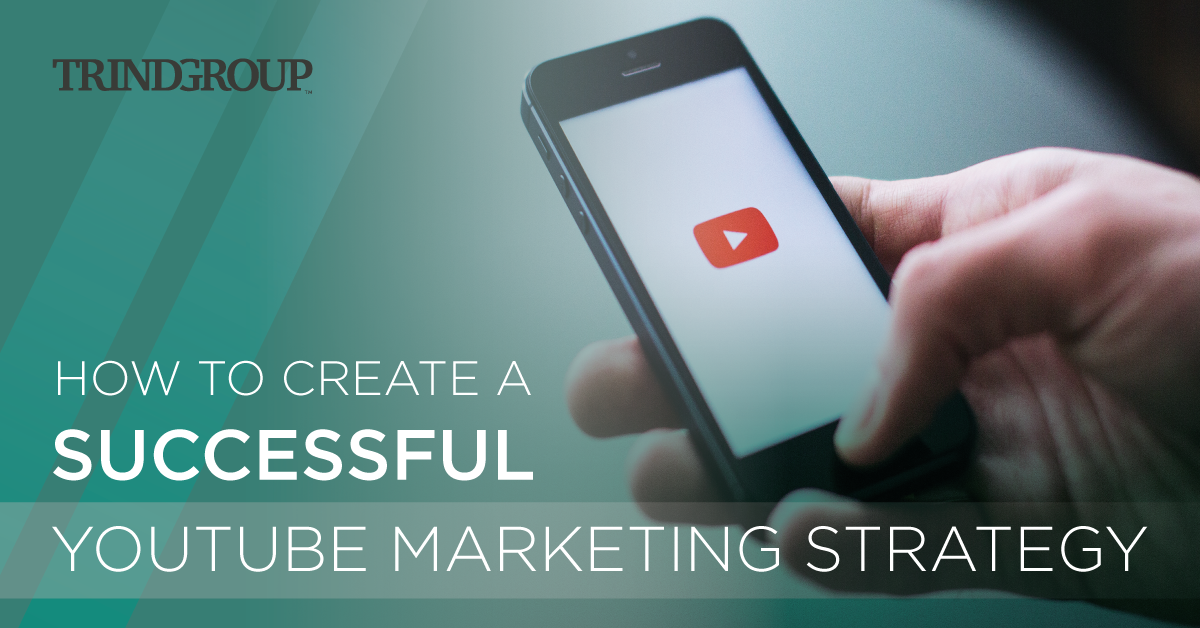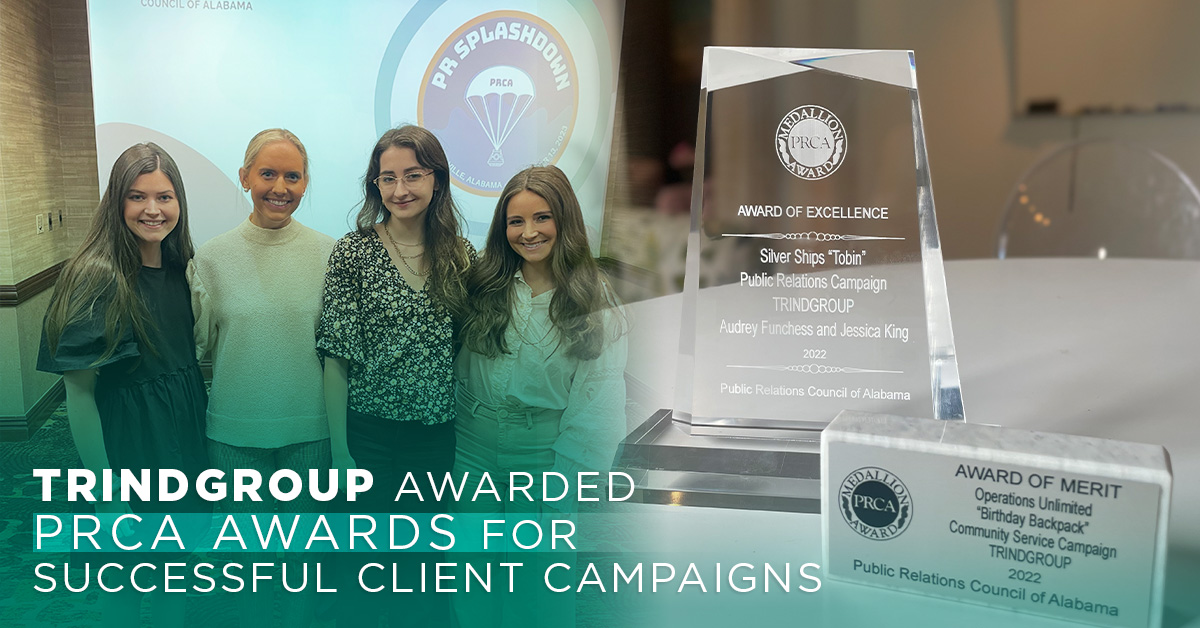Is B2B Marketing Getting Harder? How to create effective marketing tactics that make you stand out.
Navigating B2B marketing can be challenging and in industrial segments, it has not gotten easier. Some may say they have the secret sauce, but is there really a tried-and-true method to effective, results-driven B2B marketing tactics? The bottom line is that engaging audiences is difficult and standing out from competitors is challenging, but not impossible.
Recognizing the need for B2B marketing is half the battle. To help your organization evaluate, troubleshoot and revise your marketing efforts, start creating specific strategies and techniques that will help to yield optimal results. The best way to begin is by establishing your target audience.
Target audience is no longer one person
A common mistake made in B2B marketing is believing there is only one job title or one position that is your target audience. Many will pinpoint a decision maker such as the president, chief engineer or manager and stop the search, but this often yields insufficient results. There are no longer only one or two target touchpoints to reach or educate before a decision is made, thus creating multiple targets for potential influence. While it is no doubt beneficial to market to these titles, your marketing strategies will overall be more effective if you are mindful of the various stakeholders involved in your company’s projects.
In B2B marketing, touchpoints are referred to as the people in areas of an organization where ideas or decisions “touch” different internal individuals before the intended supervisor/leadership position or decision maker. In efforts to optimize the marketing success of a product or service, avoid focusing on just one target representative. Multiple touchpoints occur in this process, meaning multiple individuals will have a say before a final decision is made. Therefore, the best way to ensure your business is not ignored is to expand your search to locate all potential influencers within corporations and organizations.
Proving the ROI for your business
As discussed earlier, B2B marketing campaigns are typically aimed at individuals in an organization that have an influence on decisions, especially when it comes to purchasing. Therefore, it is crucial that you can prove your revenue impact or return on investment (ROI). The baseline of business purchases depends on justifying financial implications. You can justify the spending to your target audience through:
- Case studies – Presenting your product or service offered in a real-world context has a high favorability for justifying the spending to your market. People don’t like surprises. Therefore, when you can prove your product or service performs successfully beyond the trial stages, other businesses will be more inclined to invest.
- Analytics and reports – Show off measurable achievements that prove why your product or service is successful. For example, develop infographics based on energy savings, fuel avoidance and specific parts cost vs. savings for a report to showcase specific, tangible metrics that are increasing ROI. Be consistent with these reports to show trends that are happening and increase ROI.
Proving to your target audience that a decision will increase ROI highlights what your business service or product is capable of achieving. Once you have established whom your company is marketing to and that your marketing efforts are durable enough and supported by concrete evidence, then you can take the time to develop tactics that resonate with the audience.
Developing messaging that resonates with your intended market
When creating B2B messaging, be mindful to establish trust, now more than ever. B2B marketing is emotionally driven, especially in the climate of a sustainability revolution. Companies want to keep in mind sustainability goals, corporate responsibility and many other environmental and economic factors.
B2B marketing is no longer a matter of who can provide the best product solution. It now concerns multiple factors such as environmental, social and governance (ESG), regulations, inflation and reputation.
There will always be competitors trying to outperform or devalue your product or services. Set yourself apart from others by showing concern and value for potential prospects. Take time and know whom you are marketing to and their needs. At the end of the day, the nature of B2B marketing is unique. You have longer-sales cycles and complex project requirements. Establishing trust and building strong relationships could be the difference between your business or a competitor turning a lead into a sale.
B2B marketing may feel like it is becoming increasingly difficult. However, implementing foundational research and creating tangible, measurable tactics remain the same. When your business can redefine the target market, prove ROI and develop strong methods for communicating, B2B marketing will feel achievable and become successful. For more information on B2B content, check out our B2B COVID-19 recovery plan blog.





